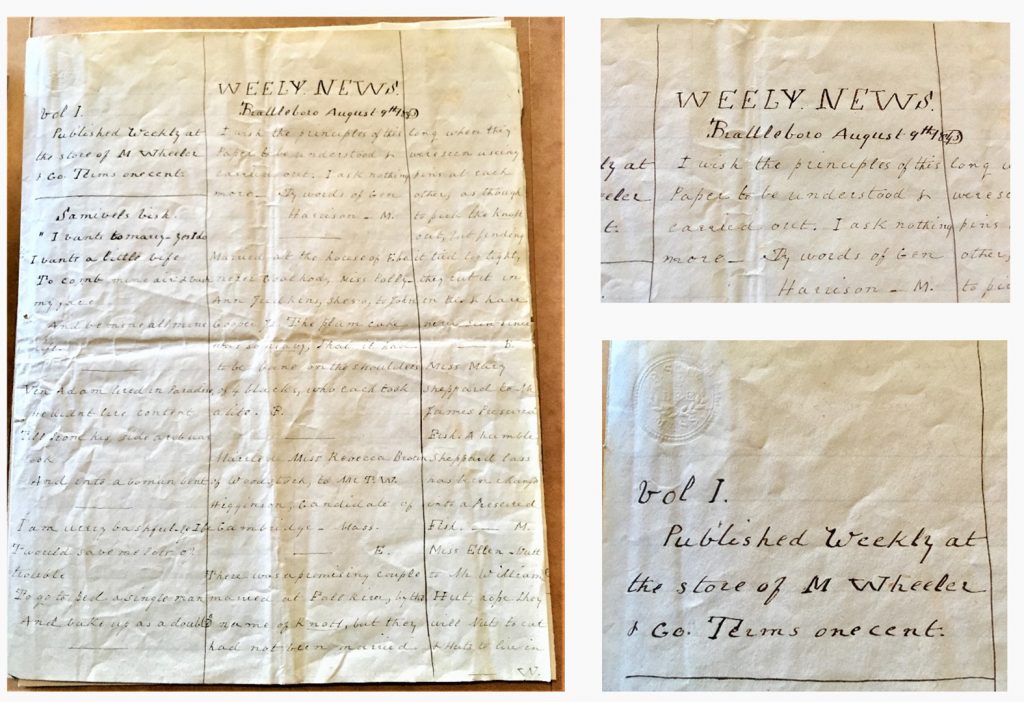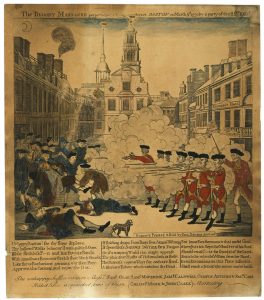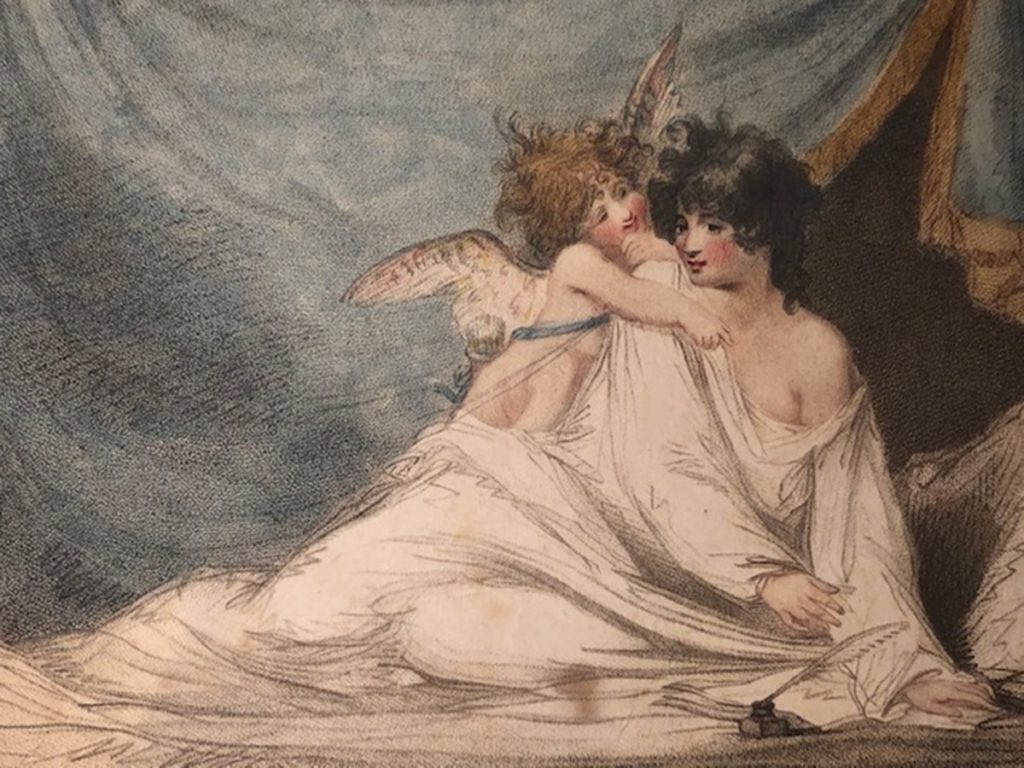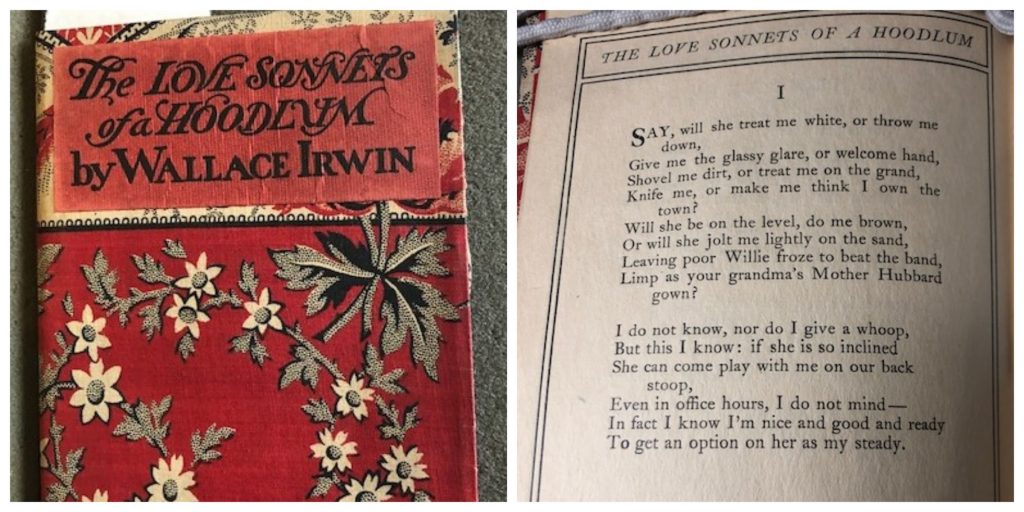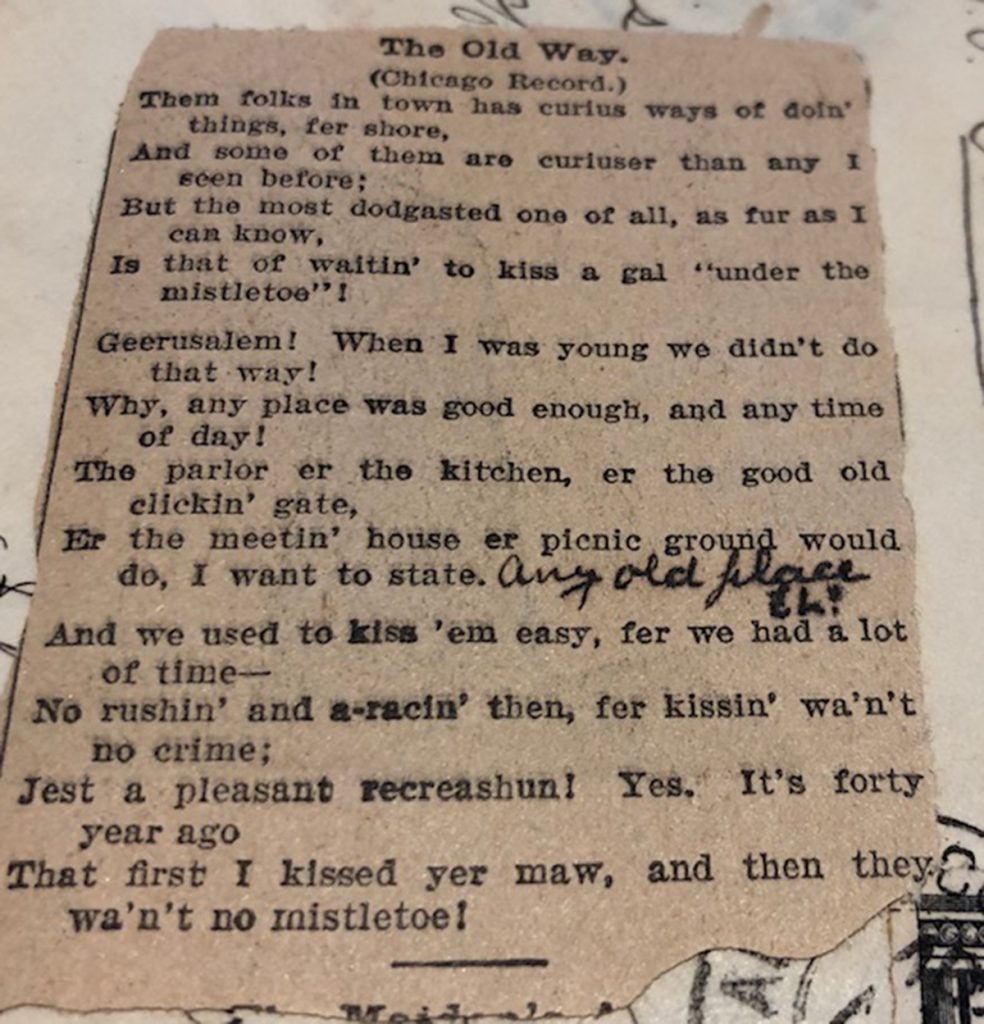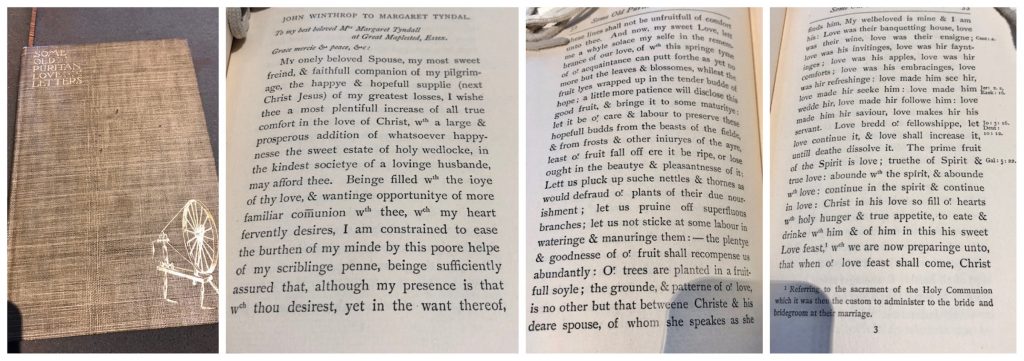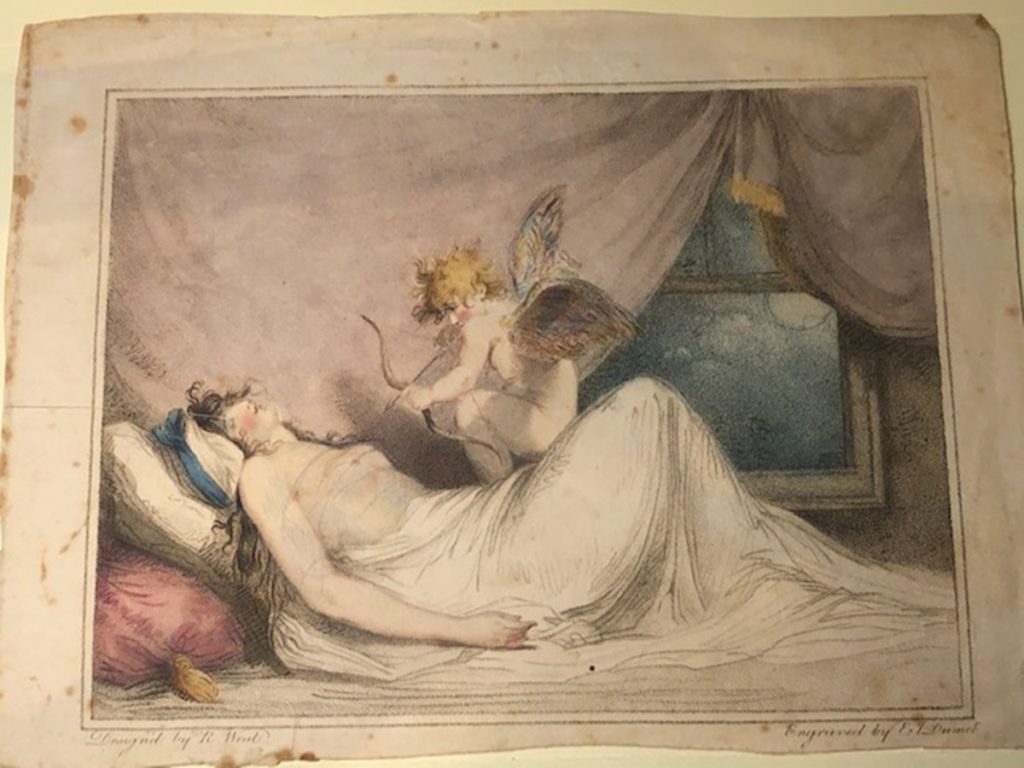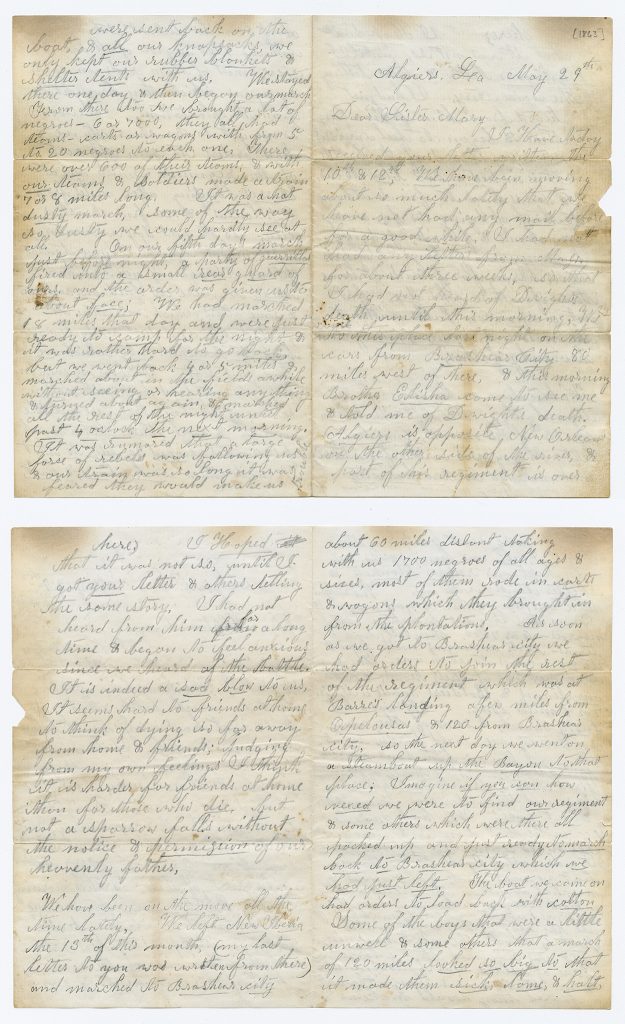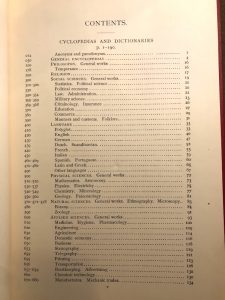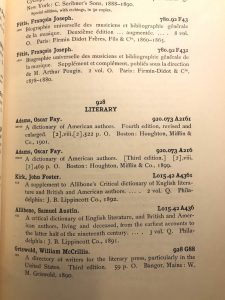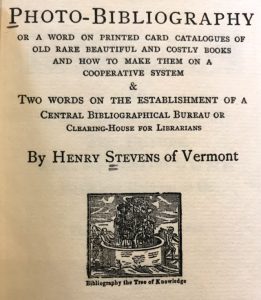by Kate Melchior, MHS, and Michael Ryan
Every year, the MHS awards the Kass Teacher Fellowship to one or more K-12 educators. The is designed to offer K-12 teachers the opportunity to focus on historical research that will support their classroom efforts, discovering new primary sources to use in their classroom and deepening their understanding of history and humanities.
In 2019, Michael Ryan of Pollard Middle School in Needham MA was awarded a Kass Fellowship to pursue research into the Loyalist experience during the Revolutionary War. Michael spent several months pouring through the MHS archives and creating a new collection of primary sources for teachers to use when teaching the Loyalist experience. Here we have shared excerpts from Michael’s final report on his experience and his findings at the MHS.
The Experience of New England Loyalists During the Era of the American Revolution
Michael Ryan
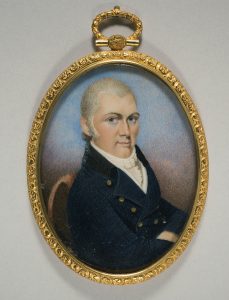
In the summer of 2019, I was awarded a Kass Fellowship to conduct research at the Massachusetts Historical Society. My proposed topic of research was the New England loyalist experience during the era of the American Revolution. The time that I spent at the MHS was one of the great experiences of my life.
As an instructor, I knew that I had never successfully integrated the loyalist story into my class narratives. One of my professional objectives is to present a complex, nuanced version of history—rarely can we understand events or people in simplistic terms. However, my own understanding of loyalism was itself superficial so I needed to learn more before I could genuinely attempt to construct meaningful lessons on the subject for my students. This past summer allowed me the opportunity to methodically dig through the incredibly rich archives held by the MHS on the topic. I accumulated a large amount of primary sources that I can use directly in the American History class that I teach in the Needham Public Schools. I am currently curating these documents into a collection that can be used in Needham classrooms.
In the following paragraphs, I briefly summarize several of the archives that I consulted for this project.
Meshech Weare was perhaps the most active New Hampshire Patriot leader during the American Revolution. Throughout the war, he served as head of New Hampshire’s committee of safety, a position from which he corresponded with some of the most prominent figures of the era. After perusing Weare’s papers, I chose four different documents that I believe are illustrative of some of the larger themes of the war. The first two, while they do not focus upon loyalism directly, they offer evidence of the overwhelming amount of responsibilities that committees on the home front were forced to address.
The first is from July 23, 1777, and is a letter from Weare to a Lieutenant Colonel Wentworth. It is alarmist in nature as it tells of a planned British naval attack on “some part of the New England states” and that Wentworth should prepare his men for this. Of course, such an attack never occurred and this is why the letter is invaluable. It reminds the reader that very little about this war was indeed inevitable and various scenarios could have played out, possibly changing the outcome of the war. Leaders like Weare had to be hyper-vigilant against all potential attacks.
In September of 1777, Weare received a letter from an officer in Philadelphia. The topic concerns the recent Congressional resolution that commissioned tickets for a lottery. It makes dire reference to the fact that if this undertaking failed it would “have a most unfavourable impact upon our public affairs…it will wound our public reputation, discourage our Creditors at home and our friends abroad and be argued by our enemies of our weakness.” This document offers evidence that financing was a major concern throughout the war, and that as early as its third year Patriot leaders were greatly concerned about the detrimental effect of a poor public credit.
An undated letter to Weare from the town of Derry’s Committee of Safety addresses the complexity of identifying and punishing potential counterrevolutionaries. A man by the name of Benjamin Hall was imprisoned for desertion from the Continental Army and his alleged pro-British sympathies. Hall was apparently to be released on bail, but the four men on the Derry committee pleaded with Weare to reconsider this action. Weare, as head of the state’s committee of safety, had the executive authority to overrule this decision. In their strongly-worded letter, the Derry group argued that Hall “ought not to be Liberated…as we find he is to the Great Grief and Dissatisfaction of every true friend of America.” Although I could not determine how this matter was resolved, this document helps us understand the Revolution as civil war; neighbor against neighbor and the gray area that existed between people who simply wanted no part of the conflict and those that were called out as Tories.
Finally, on June 22, 1778, Weare sent a letter, under a flag of truce, to the Royal governor of Nova Scotia concerning prison exchange, a topic rarely referenced in textbooks or survey courses. It is important because it addresses one of the many logistical challenges faced by both armies. Once prisoners were taken, how did those in charge locate and administer adequate facilities? The logistical challenges faced by the war’s leaders are usually ignored, yet students tend to be fascinated by this information. Weare was eager to conduct an exchange with his British counterpart, requesting that an American officer by the name of Sherburne return from the meeting with as many American prisoners as he “can conveniently bring home with him.” In return, he promised that the same number of equal ranks” would be returned to the British.
Massachusetts native Israel Williams exited the French and Indian War as representative of the brilliance of the imperial relationship. A colonel in the militia, Williams demonstrated great managerial skills in his majesty’s campaign to permanently expel the French from North America. His correspondence from the war portrays an individual who, if his passions had taken him in a different direction, may very well have ended up among the pantheon of local Founding Fathers. However, as his correspondence with Thomas Hutchinson indicated, he would choose the path of loyalty to empire.
These documents I will excerpt for use in my class to illustrate the complexity of choosing sides during the conflict. In 1778 a committee of safety in western Massachusetts charged Williams with a plan to “to obstruct and hinder all Salutary measures which the People universally throughout this Continent have adopted and are adopting to obtain a restoration of their constitutional rights and privilege.” Williams was placed under house arrest and spent over a year in this state of ostracization and ridicule. The documents relating to Williams’s experience are fantastic as they convey a man who honestly believed that he had committed no act of transgression, and that prior to the crisis, had presumably been exalted as a hero in his community. Fascinatingly, Williams did rehabilitate himself and did reintegrate into post-war Massachusetts society. It is important for students to recognize that after the war, not all Loyalists self-exiled or remained that way—former adversaries had to learn to live as neighbors once again.
Mary Robie-Sewall Diary
Box three of the Robie-Sewall papers contains the 1783 diary of teenager Mary Robie, the daughter of Boston merchant exiles living in Nova Scotia. This is apparently the original copy and it is fascinating as it offers a snapshot of loyalist life that is largely unconcerned with either of the great political questions that would have preoccupied her elders at the time: The Treaty of Paris and the manner by which, if indeed at all, her people would reintegrate into the life of their former community of Boston, Massachusetts.
I went through the entire six months of the extant diary and selected excerpts that I believe give a fairly representative view of Mary’s experiences and feelings during her exile. Not surprisingly, Mary writes often of her close relationship with both her family and fellow exiles so her reflections paint a detailed portrait of the daily experiences of Bostonians living in exile as they anxiously awaited whether they would return “home” and become citizens of this new republic whose cause they had earlier spurned.
Other Loyalist Research
The following research also produced sources and stories about the Massachusetts loyalist experience. I will include selections from each in the booklet that I create for classroom use:
- Winslow Family Papers, Correspondence, 1775. (Boxes 1 and 2.)
- The Charles Ward Apthrop Papers, Correspondence, 1773-1791. (Box 3)
- Boylston Family Papers, Correspondence, 1775. (Box 7)
- King’s Chapel Records, founding through reorganization after the war. (Box 5) Savage Family Papers, 1775-1799. (Boxes 1, 2, and oversized.)
- Richard Frothington Charlestown Papers, 1812-1880. (Box 3)
- Divided Hearts: Massachusetts Loyalists 1765-1790: A Biographical Directory
If you are interested in learning more about the Kass Teacher Fellowship or any of our other programs, please visit the Center for the Teaching of History website or e-mail us at education@masshist.org. We look forward to hearing from you!


